Description
Genus: Leccinum
Species: rugosiceps
Common Name: “Wrinkled Bolete”
Tells: Deeply wrinkled cap cracks w/age. Tiny yellow pores may have blue-green stains but either DNS or bruise a slow yellow-brown. Flesh slowly stains red, esp. where cap meets stem.
Other Information: Likes oak. Yellowish stem has brown scabers that darken w/age. Dark coffee brown bug holes in off-white flesh. Cap color ranges from orange-yellow to yellow-brown to dark brown in older specimens. NOTE: Hard to distinguish from Leccinellum crocipodium, except that species usually has a darker cap, often has a more swollen stem, has flesh that stains a lighter shade of red, & has pores that tend to stain a stronger brown.
Edibility: Good, if inconsistent in quality. (So is Leccinellum crocipodium, so distinguishing between the two doesn’t matter much from the pot hunter’s point of view).
CHEMICAL TESTS:
- NH4OH (Ammonia): Cap skin either turns red or has no reaction.
- KOH: Cap skin turns orange red.
- FeSO4 (Iron Salts): Cap skin has no reaction.
Links:
 |
0 |  |
326 |  |
213 |  |
262 |

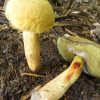
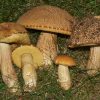



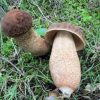
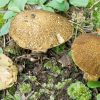
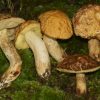
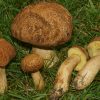
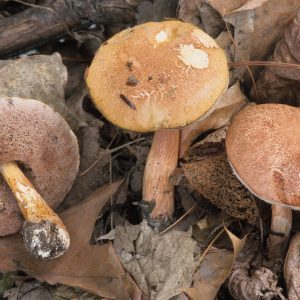
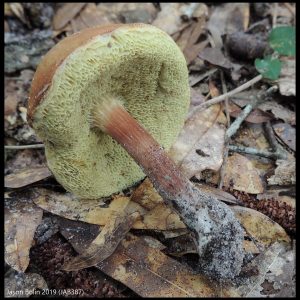
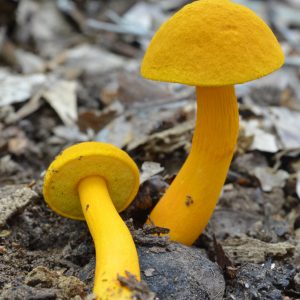
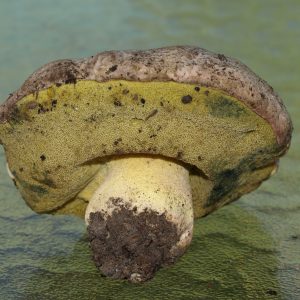
Got something to discuss?